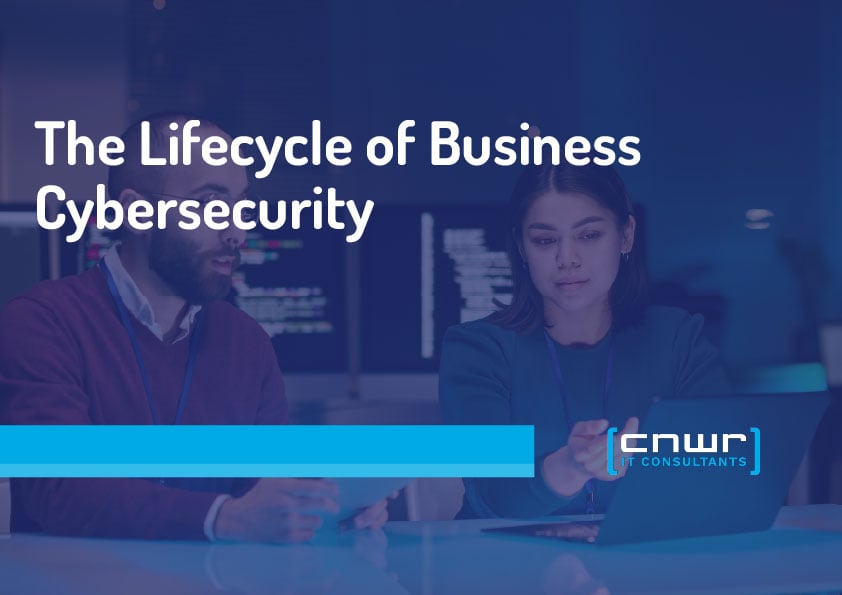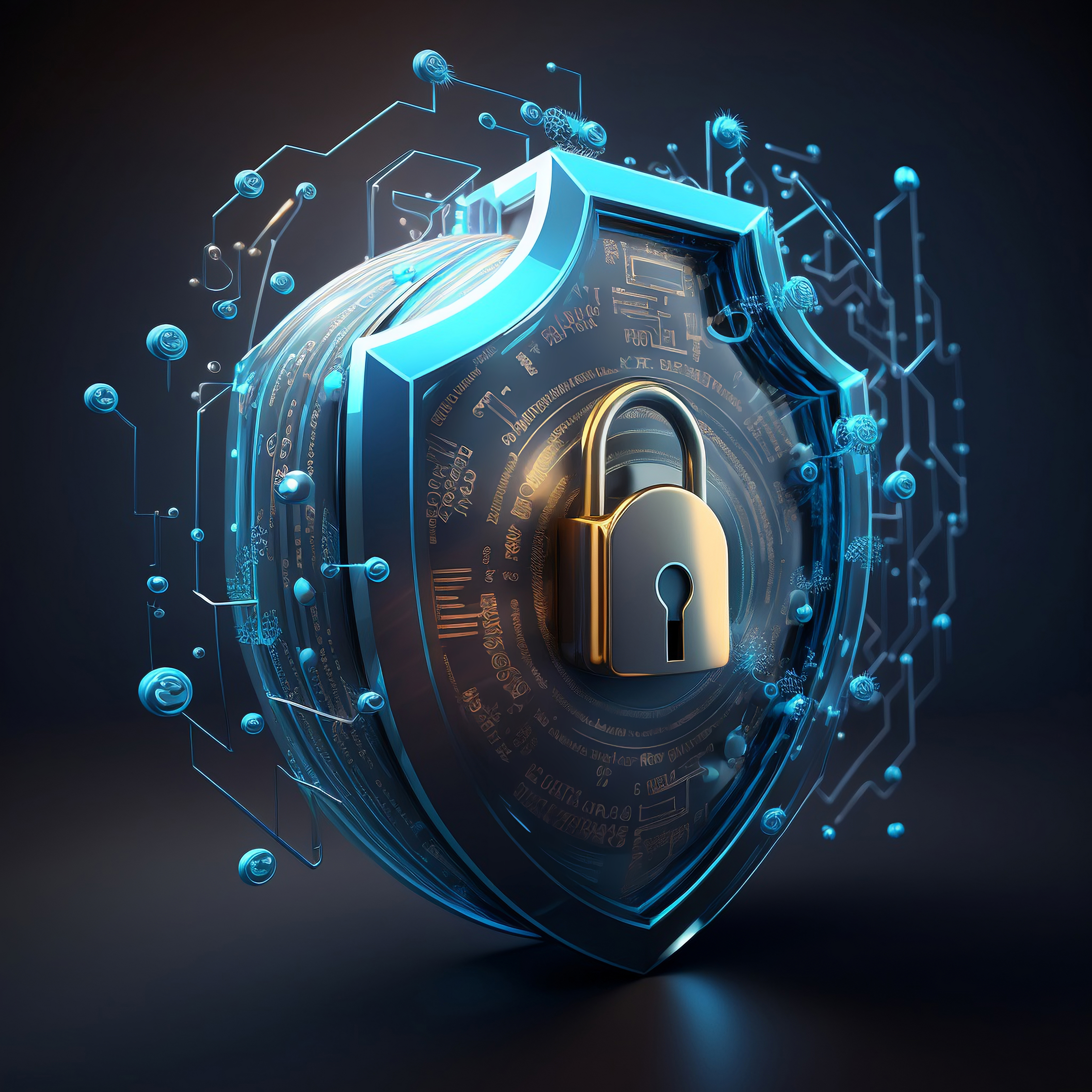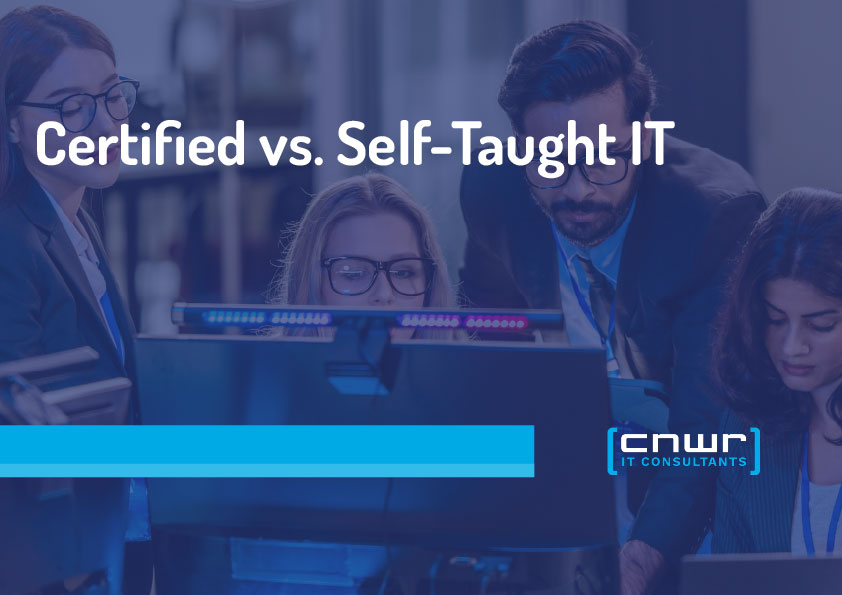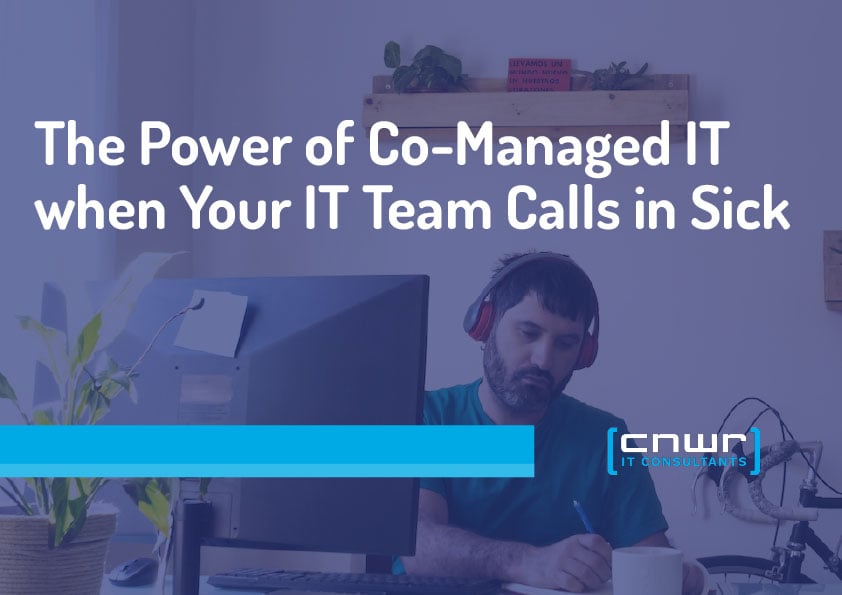Your business is more vulnerable than you think. In 2024, over 94% of small and mid-sized businesses (SMBs) reported at least one cyber incident. It wasn’t just large enterprises. It was local manufacturing shops, vet clinics, places of worship, and family-run stores.
Cybercriminals don’t discriminate by industry or size. They look for weak links. Frequently, those weak connections stem from inadequate planning, variable policies, or untrained staff. Viewing the cybersecurity lifecycle as anything other than a survival strategy is an expensive error.
From the initial evaluation to ongoing monitoring, grasping every stage of this lifecycle will enable you to fortify your systems. It also provides improved safeguarding of sensitive information and enhanced reassurance.
Let’s break it down.
Table of Contents:
1. Why You Need a Defined Cybersecurity Lifecycle
2. Understanding the Cybersecurity Lifecycle: A Strategic Approach to Resilience
- Phase 1: Risk assessment and asset identification
- Phase 2: Policy development and compliance planning
- Phase 3: Implementing security controls
- Phase 4: Continuous monitoring and incident response
- Phase 5: Employee awareness and training
3. The Lifecycle is a Loop—Not a Line
4. Let’s Build a Bulletproof Cybersecurity Lifecycle Together
5. FAQs
Why You Need a Defined Cybersecurity Lifecycle
Cyber threats are evolving. So should your response.
You can’t treat cybersecurity like a one-off project. It’s an ongoing lifecycle. Each phase, from risk assessment to employee awareness, is critical.
Here’s what a robust cybersecurity lifecycle helps you do:
- Identify vulnerabilities before attackers do
- Respond faster to incidents
- Build a culture of security across your team
- Meet compliance standards without last-minute scrambling
- Minimize downtime and data loss
In short, a defined lifecycle transforms chaos into clarity. The result is structure, control, and a renewed sense of confidence.
Understanding the Cybersecurity Lifecycle: A Strategic Approach to Resilience
To build a secure and compliant organization, it’s essential to follow a structured cybersecurity lifecycle that addresses both technology and human factors.
Phase 1: Risk assessment and asset identification
Everything starts here.
You cannot safeguard what you are unaware of possessing. Therefore, the initial phase in the cybersecurity lifecycle is to comprehend your digital presence.
Start by identifying:
- Critical systems: servers, databases, payment systems
- Entry points: remote access tools, user endpoints, cloud storage
- Sensitive data: customer details, financial records, internal documents
Perform a thorough evaluation of cybersecurity measures. CNWR IT Consultants assists companies in different sectors in assessing their existing security stance by utilizing the National Institute of Standards and Technology (NIST) and Center for Internet Security (CIS) frameworks.
We look at:
- Device configurations
- Software vulnerabilities
- Network architecture
- Access control mechanisms
- Physical security at office locations
For example, a veterinarian's office may think its data is safe because it's "not a target." But if you're storing customer addresses, payment info, and pet medical records—that's valuable data. Hackers know that. They will take advantage of any vulnerable firewall, old router, or untrained employee access.
Important statistic to consider: 43% of cyberattacks focus on small businesses. Yet, only 14% are sufficiently equipped to handle them. Many were unaware of their risks until it was already too late.
Phase 2: Policy development and compliance planning
Once you’ve identified your assets and risks, it’s time to set the rules.
Security without structure leads to gaps. Policies define how your business approaches cybersecurity, both technically and culturally.
What should your cybersecurity policy cover?
- Password and authentication policies
- Device usage protocols
- Bring Your Own Device (BYOD) rules
- Access management and permissions
- Incident response plans
- Data retention and backup procedures
If you're in a regulated industry like manufacturing (dealing with controlled unclassified information) or healthcare (dealing with patient data), compliance is not optional.
Example: A local church operating a community clinic was found non-compliant with HIPAA due to improper access control. They weren’t malicious. Just uninformed. A clear policy could have saved them fines and reputational damage.
At CNWR, we help businesses align with:
- Health Insurance Portability and Accountability Act (HIPAA)
- Payment Card Industry Data Security Standard (PCI-DSS)
- NIST and Cybersecurity Maturity Model Certification (CMMC)
- Local and federal privacy laws
Quick stat to note: 60% of small businesses close within six months of a cyberattack. Clear, actionable policies are your first line of defense.
Phase 3: Implementing security controls
Now that you know what to protect and how to govern it, let’s talk implementation.
This phase of the cybersecurity lifecycle is where theory becomes reality. You put security tools and systems in place.
Key controls include:
- Firewalls: Prevent unapproved entry
- Endpoint protection: Antivirus, antimalware software on devices
- Email protection: Phishing detection, secure messaging
- Multi-Factor Authentication (MFA): Provides an additional layer of verification for logging in
- Network segmentation: Restricts the extent of a breach's spread
- Patch management: Maintains software updates to prevent identified threats
For small enterprises and non-profit organizations, these tools must be efficient yet cost-effective. CNWR provides personalized solutions designed to meet your unique requirements and limitations.
Quick stat to note: Businesses using MFA block 99.9% of automated attacks. Yet many still operate without it.
Security tools are essential, but tools alone won’t save you. They need to be maintained, monitored, and paired with human vigilance.
Phase 4: Continuous monitoring and incident response
Security is not a “set it and forget it” job.
Cyber threats don’t sleep. And neither should your defenses.
Continuous monitoring includes:
- Log analysis and anomaly detection
- Intrusion detection systems (IDS)
- Real-time alerts for unusual activities
- Vulnerability scans and audits
This phase is about proactive defense. You don’t just respond when something breaks. You identify patterns, detect early signs of intrusion, and take corrective action.
What if something goes wrong?
That’s where your incident response plan kicks in. It outlines:
- Who takes charge
- What systems to isolate
- How to communicate internally and externally
- How to contain and recover
Example: A local labor union office experienced a ransomware attempt via a malicious email. Due to early threat detection and a well-rehearsed response plan, only one endpoint was affected, and no data was lost.
Quick stat to note: The average time to identify a breach in 2024 was 204 days. That’s nearly 7 months of silent damage—unless you’re monitoring continuously.
Phase 5: Employee awareness and training
Your people can be your strongest defense or your weakest link.
No matter how advanced your systems are, one careless click can undo it all.
Key training areas:
- Phishing and social engineering
- Password hygiene
- Mobile device usage
- Remote work security
- Safe data handling practices
Not everyone’s an IT expert. Your staff shouldn’t need to be. However, they ought to understand what steps to take and which to steer clear of. Make security a part of your culture instead of treating it as an annual compliance checkbox.
Quick statistic to consider: 88% of data breaches are due to human error. That figure falls significantly with consistent practice.
The Lifecycle is a Loop—Not a Line
One of the biggest misconceptions? Thinking that cybersecurity is a one-time process.
In reality, it’s continuous. Every phase feeds the next.
- Assessment informs policy
- Policy guides implementation
- Implementation enables monitoring
- Monitoring reveals training needs
- Training prevents new threats
- New threats lead to reassessment
Each business cycle, team update, or new technology requires revisiting your security stance.
Example: A small business implemented new video conferencing systems during the pandemic. What didn’t they know? The default settings exposed meetings to the public. A quick reassessment and control adjustment solved it.
This kind of adaptive thinking is what keeps businesses safe. CNWR’s co-managed IT services are built around that philosophy. We become an extension of your team—scanning, updating, educating, and responding as threats evolve.
Whether you’re a manufacturing unit introducing Internet of Things (IoT) devices or a church managing donations online, your cybersecurity lifecycle must be active, current, and comprehensive.
Let’s Build a Bulletproof Cybersecurity Lifecycle Together
A strong cybersecurity lifecycle protects your data, your people, and your peace of mind. It’s not an IT checkbox; it’s a core part of your business resilience strategy.
CNWR IT Consultants assists companies similar to yours in addressing cybersecurity comprehensively, covering everything from risk evaluation to staff education. Through customized plans, round-the-clock surveillance, and anticipatory training, we protect your operations at every stage.
Avoid waiting for a security breach. Build your security lifecycle today with CNWR!
Key Takeaways
- The cybersecurity lifecycle assists you in protecting systems, data, and individuals through a structured, repeatable process.
- Begin with a comprehensive risk assessment to reveal vulnerabilities and sensitive information, systems, and data.
- Create and enforce robust security policies specific to your business, industry, and compliance requirements.
- Enforce necessary controls such as firewalls, MFA, and endpoint protection to block unauthorized access.
- Ongoing monitoring and incident response prevent threats from turning into crises.
- Staff training is critical—88% of incidents are due to human mistakes.
- The lifecycle is ongoing: review regularly, particularly following tech updates or organizational shifts.
- An entire cybersecurity lifecycle mitigates enterprise risk and enhances operational resilience across industries.
FAQs
1. What industries benefit the most from a defined cybersecurity lifecycle?
Every industry. But especially those handling sensitive data like manufacturing, healthcare, nonprofits, education, and financial services. A lifecycle approach works for any size or type of business.
2. How often should we reassess our cybersecurity posture?
Ideally, every 6 to 12 months. But after major events like system upgrades, leadership changes, or regulatory updates, reassess immediately.
3. Can small businesses afford a complete cybersecurity lifecycle?
Yes. With managed or co-managed services from providers like CNWR, you get enterprise-grade protection scaled to your budget and operations.
4. What makes employee training effective?
Short, engaging, and regular sessions. Simulations, real-life examples, and easy-to-understand content work best. Avoid one-off, jargon-heavy presentations.





